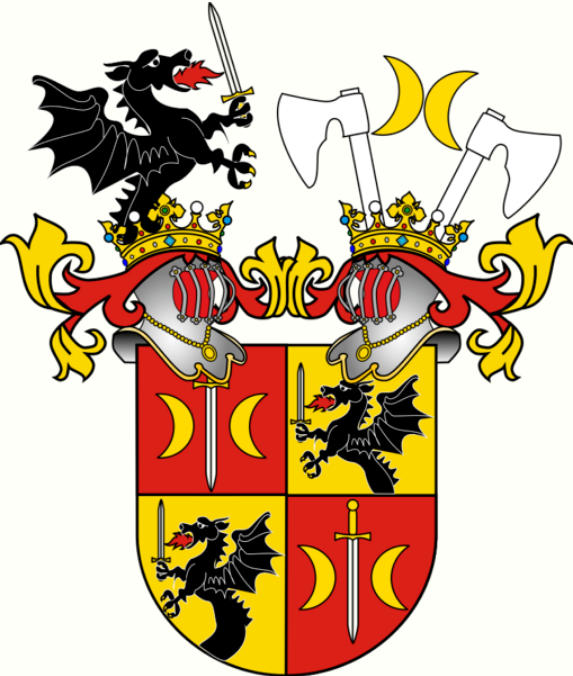
| Version | Summary | Created by | Modification | Content Size | Created at | Operation |
|---|---|---|---|---|---|---|
| 1 | Sirius Huang | -- | 952 | 2022-12-08 06:19:39 | | | |
| 2 | Sirius Huang | Meta information modification | 864 | 2022-12-09 10:52:57 | | |
Video Upload Options
1. Introduction
Tadeusz Sendzimir (originally Sędzimir,[1] July 15, 1894, Lwów – September 1, 1989, Jupiter, Florida[2]) of Ostoja coat of arms was a Poland engineer and inventor of international renown with 120 patents in mining and metallurgy, 73 of which were awarded to him in the United States.[3]
His name has been given to revolutionary methods of processing steel and metals used in every industrialized nation of the world. Sendzimir was a holder of the Polish Golden Cross of Merit (from 1938), the Bessemer Gold Medal (from 1965) and the Brinell Gold Medal from the Royal Swedish Academy of Sciences in Stockholm (from 1974). On the 100th anniversary of the Statue of Liberty he was one of those prominent immigrants honored for their contributions to America.
In 1990 Poland's large steel plant in Kraków (formerly the Lenin Steelworks) was renamed to Tadeusz Sendzimir Steelworks. The AIST Tadeusz Sendzimir Memorial Medal was established in the same year.
2. Early Years

Sendzimir was the eldest son of Kazimierz Sędzimir belonging to the Clan of Ostoja and Wanda Jaskółowska. Fascinated by machinery as a child, he built his own camera at the age of 13. After studying at the 4th Classical Gymnasium (Gimnazjum Klasyczne) in Lwów he entered the Politechnika Lwowska. However when Lwów was captured by Russian troops the Polytechnic Institute was closed and he moved to Kiev. There he worked in auto services and in the Russian-American Chamber of commerce where he learned Russian and English.
The Russian Revolution of 1917 forced Sendzimir to flee to Vladivostok, then to Shanghai, where Sendzimir built the first factory in China which produced screws, nails and wire. Financial support was provided by the Russian-Asian Bank, at the time headed by Poles (Władysław Jezierski and Zygmunt Jastrzębski).
3. Immigration and Researches
In 1922 Sendzimir married Barbara Alferieff. His first son Michael was born two years later. Designing and making his own machines, Sendzimir began experimenting with a new way to galvanize steel. Despite galvanization, the products still had a tendency to oxidize. Sendzimir discovered that the problem was due to the zinc bonding to a thin layer of iron hydroxide on its surface, rather than to the iron.
In 1929 Sendzimir approached several American industrialists with his findings, but since the Great Depression had begun, he was unsuccessful in gaining their interest. Returning to Poland in 1931, he obtained support for the construction of the first industrial-scale galvanizing unit and put several cold strip mills into operation. This process was explained by him as follows: "Let's imagine a piece of a hard pastry. We are rolling it on the pastry-board to decrease its thickness. However it would be faster and easier if we asked someone to stretch it by holding the edges".
A steel mill in Butler, Pennsylvania was established by Sendzimir in 1936. By 1938 Armco Steel became interested in his work and they formed a partnership with him, the Armzen Company, to oversee the worldwide expansion of his galvanizing and mill technology. In the spring of 1939 Sendzimir moved to Middletown, Ohio. Sendzimir's patented mill could roll hard materials down to very light gauges. The U.S. company, T. Sendzimir, Inc., was formed by him in Waterbury, Connecticut, in the 1940s
In 1945, he married Bertha Bernoda. The following year he became a citizen of the United States. With the beginning of the Cold War, Sendzimir and his achievements were ignored by Communist Poland and he was not even mentioned in the Polish Encyklopedia Powszechna (Universal Encyclopedia). This changed when Edward Gierek, a new leader of the Polish United Workers' Party, came to power. Sendzimir was awarded an Officer Cross of the Order Polonia Restituta (Krzyż Oficerski Orderu Odrodzenia Polski).
In 1975 Sendzimir received the honorary degree of doctor honoris causa from the AGH University of Science and Technology in Kraków. Sendzimir's successful methods for galvanizing steel eventually were implemented in the first Z-mill rolling silicon steel, making it pliable enough for use in air defense radar. Between 1953 and 1989 he introduced the first productive Z-mill to Great Britain, and to Japan and Canada in the 1950s and 1960s. In 1974 Sendzimir invented a spiral steel looper used in both the United States and Japan.
Ninety percent of the world's galvanized steel production went through the Sendzimir process by the early 1980s. Poland, France, the United Kingdom, Japan, and Canada purchased his steel mills and technologies over the years. Most notably, Sendzimir was a major financial and personal supporter of the Kościuszko Foundation, the Polish Institute of Arts and Sciences of America and Alliance College in Pennsylvania. Sendzimir died after a massive stroke and was buried by his family in a zinc-plated coffin made according to his design.
4. Quote
- "I have been carrying family and the only my capital - a new method of zinc-plating to another coast of the Pacific"
References
- As of the 17th century version. The surname was changed after the second arrival to the United States.
- According to Polski Słownik Biograficzny he died in Jupiter, Florida.
- Sarmatian Review XV.1. http://www.ruf.rice.edu/~sarmatia/195/mitchell.html
Location: Lwów




